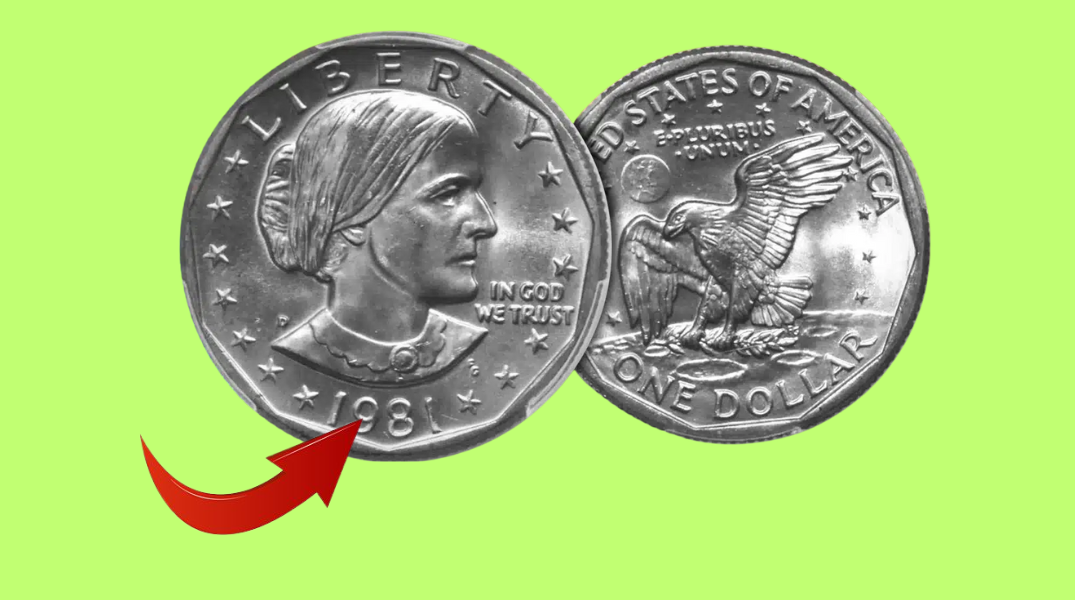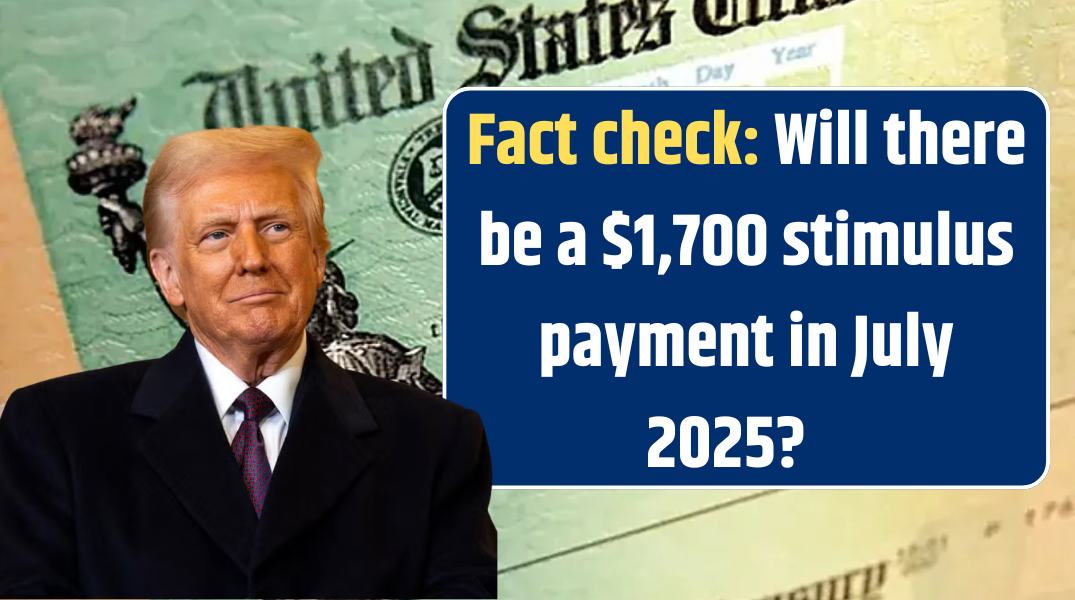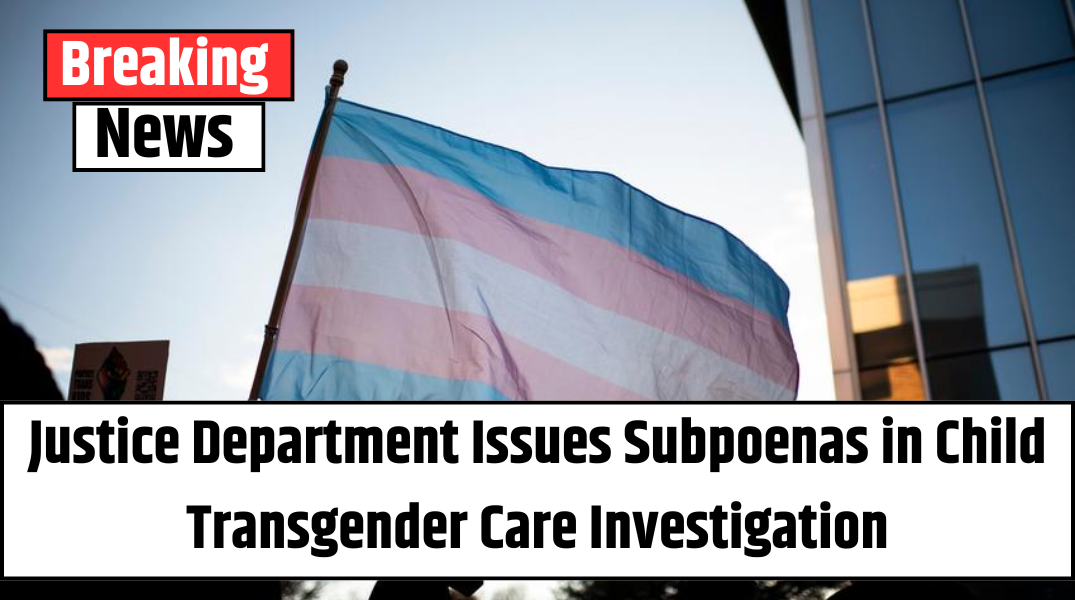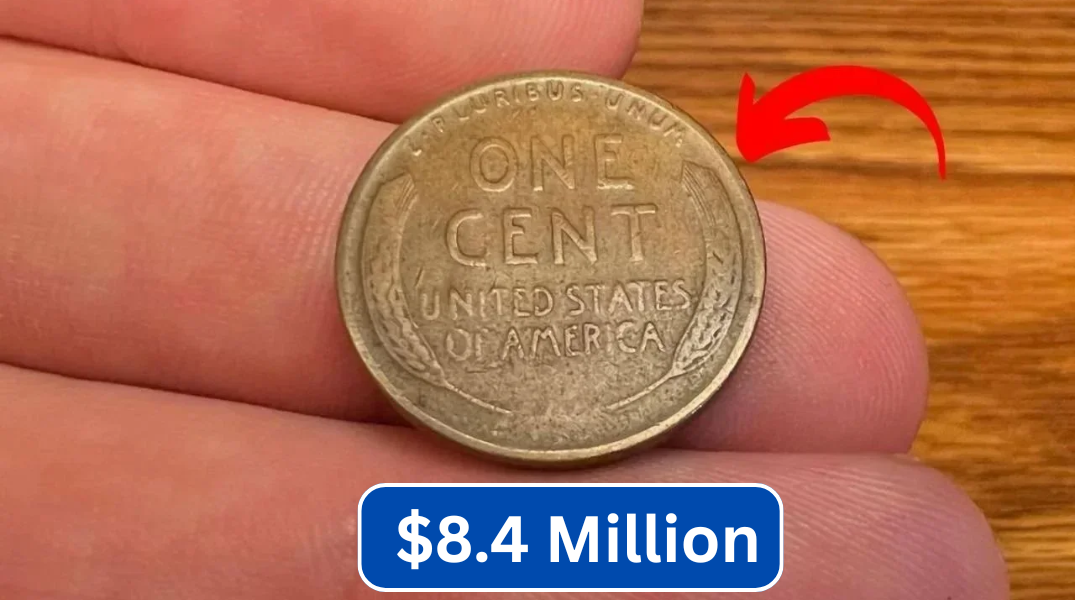In a time of ongoing inflation and financial instability, Social Security payments have become more than just monthly deposits—they are a lifeline for millions of Americans trying to make ends meet. As July 2025 payments begin rolling out, nearly 70 million recipients are keeping a close eye on their bank accounts to ensure everything is on schedule.
Whether you’re a retiree, a disabled worker, or a surviving spouse, understanding how these payments work—and when to expect them—is essential to staying financially afloat.
Who Gets Social Security Benefits?
Social Security benefits are not a one-size-fits-all system. Managed by the Social Security Administration (SSA), these monthly payments fall into three primary categories:
-
Retirement Benefits – For workers who have reached the eligible retirement age and paid into the system through payroll taxes.
-
Disability Insurance (SSDI) – For individuals unable to work due to a qualifying disability.
-
Survivor Benefits – For the spouse or dependent family members of deceased workers.
These programs are funded through FICA payroll taxes and are calculated based on your lifetime earnings and the age at which you begin claiming benefits.
July 2025 Social Security Payment Schedule
Social Security benefits are sent out on a staggered Wednesday schedule, based on the recipient’s birth date:
| Birthday Falls On | Payment Date |
|---|---|
| 1st – 10th | Wednesday, July 8 |
| 11th – 20th | Wednesday, July 15 |
| 21st – 31st | Wednesday, July 22 |
📌 Note: If you began receiving Social Security benefits before May 1997, or if you’re also receiving Supplemental Security Income (SSI), your payment typically arrives on the 1st of each month—in this case, July 1, 2025.
Also Read – Social Security Payments Up to $5,108 Arrive July 9 for Retirees Aged 62–70
Average Social Security Payments in July 2025
How much you receive each month depends on factors like your work history, the age you filed, and the type of benefit. Here’s a snapshot of the average payments this month:
| Benefit Type | Average Monthly Amount |
|---|---|
| Retired Workers | $2,000.00 |
| Disabled Workers (SSDI) | $1,581.97 |
| Survivor Benefits | $1,566.66 |
| Maximum Retirement Check | $5,108.00 |
🔍 Interesting Fact: While some high earners receive the maximum benefit, the vast majority of recipients get far less. In fact, for many retirees, Social Security is their only source of income, especially in the absence of private pensions or significant savings.
Why These Payments Matter More Than Ever
In an economy where everyday expenses are skyrocketing, Social Security has become the financial backbone for millions. It’s often the money used for:
-
Rent or mortgage
-
Food and groceries
-
Prescription medications
-
Utility bills
-
Transportation and basic services
As economic uncertainty continues, Social Security is no longer just a retirement plan—it’s a safety net for survival.
Tips to Stay on Top of Your Benefits
💳 Double-check your deposit: Payments typically arrive in your account early in the morning on your scheduled date.
📅 Know your schedule: Match your birthday with the SSA’s calendar so you’re not caught off guard.
📞 Missing your payment? Wait three mailing days before contacting your bank. If there’s still no update, reach out to the SSA directly.
🔐 Avoid scams: The SSA will never ask for your personal information via text, email, or unsolicited calls. Always verify sources before responding.
📈 Track COLA updates: Keep tabs on Cost of Living Adjustments (COLA) each year to see how inflation may affect your future payments.
Did You Know?
In 1940, the average Social Security check was just $22.71 per month. Today, it’s a vital income stream that helps support over 1 in 6 Americans, from elderly retirees to young children receiving survivor benefits.
FAQs: Social Security Payments – July 2025 Edition
Q1: How do I know if I’m getting paid this month?
Check your birth date and refer to the SSA schedule. If you receive SSI or started collecting before May 1997, you should have been paid on July 1.
Q2: What if I didn’t receive my deposit?
Wait three business days, then contact your bank first. If unresolved, call the SSA at 1-800-772-1213 or visit your local office.
Q3: Can I still work while collecting benefits?
Yes, but your earnings could affect your benefits if you’re under full retirement age. The SSA applies income limits for early filers.
Q4: When will the next COLA increase be announced?
COLA announcements typically happen in October, based on inflation trends. Any increase will take effect in January 2026.
Also Read – $3,000+ IRS Direct Deposits Begin July 1: See If You Qualify for a Refund
Q5: Are Social Security payments taxable?
They can be, depending on your combined income. For single filers making over $25,000 or joint filers over $32,000, a portion may be subject to federal taxes.
Final Thoughts
As the SSA continues to issue July 2025 Social Security payments, it’s more important than ever to understand how your benefits work and how they fit into your financial plan. In an economy where every dollar counts, these payments offer not just money—but peace of mind.
Stay alert, stay informed, and always verify your benefit status through official SSA channels.










